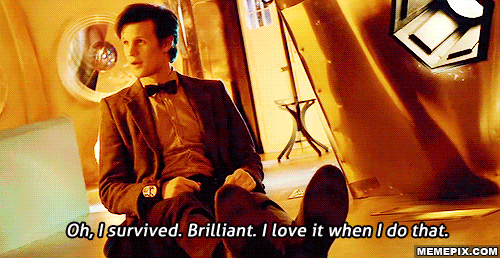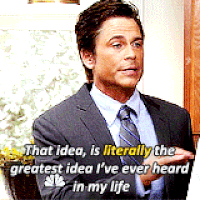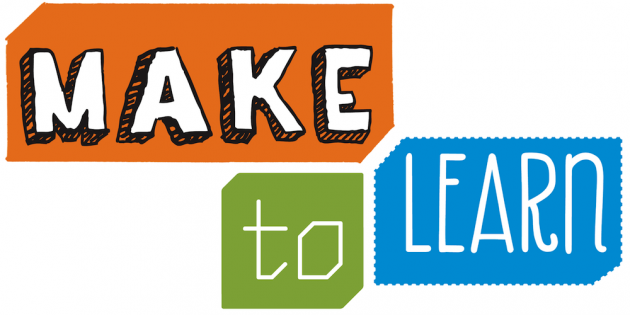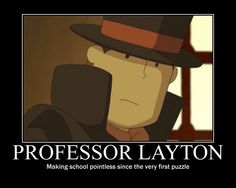
So much information, so little time
So we’ve arrived at the end…
This class was completely surprising. It didn’t talk about literacy in the way I expected. It didn’t focus on literacy as specifically learning to read and write and when it did, it expanded our preexisting ideas of what these texts about which the public so desperately needs to learn to read and write were exactly. What I learned is this:
Literacy is about competency. Literacy is influenced by a variety of factors and manifests itself in a multitude of forms. Literacy must be understood in all of its complexities to be taught and taught in all of its forms to be understood.
When schools seek to increase literacy rates they should be looking at literacy as a multifaceted concept and teach it as such. Szwed lists examples such as graffiti, sheet music, cereal boxes, and closed captions as valid forms of literacy. He, along with others, makes the argument that literature can be diverse without creating a hierarchy. A lack of formality doesn’t indicate a lack of knowledge. In fact, this diversity should be encouraged. Students should know when to use what diction and level of formality and shouldn’t be taught that a specific dialect or convention is inherently wrong, but rather better used in certain environments. Literature is encountered constantly in every aspect of life and when schools pretend most forms don’t exist or are in some way invalid it can be harmful to students, many of whom will go on to be people who create this supposedly invalid writing. Szwed states that “one must know what [language] means to its users and how it is used by them” in order to improve literacy’s relationship to schools and education. He goes on to say “the focus should be on the school and its relation to the community’s needs and wishes” (429). If schools don’t look at how people are currently using language and anticipate how it will be used in the future, their students are going to be both uninterested in education and unprepared for the future.
Having more literate students requires students coming in contact with a wider variety of literacy. Sponsorship and access, ideas discussed by Brant, are an incredibly important part of the process of becoming literate in any area. Szwed talks about how socioeconomic classes and social context change what is being read and how that reading occurs but Brant expands on this idea. In Sponsors of Literacy, she focuses on how people and environments affect literacy. She defines sponsors as “any agents, local or distant, concrete or abstract, who enable support, teach, model, as well as recruit, regulate, suppress, or withhold literacy –and gain advantage by it in some way” (166). Without sponsors who provide access for students, or anyone learning a new literacy, there will be significantly less success. Teachers should be working to be sponsors for all students and to introduce equality in the learning environment because, as Brant points out, this doesn’t exist outside of school due to the marginalization of minorities, people experiencing varying degrees of poverty, and other causes.
Sponsorship, specifically with newer literacies, is becoming less and less something that occurs with someone in a position of authority. New media tends to be learned in peer-to-peer environments. This way of learning creates communities that can work together and use a shared knowledge to solve problems. This idea is talked about in James Paul Gee’s book and was discussed in class in the video game and make/hack/play groups, but most importantly it was implemented in the class itself. Video games teach us, through forums or mods or walkthroughs, the value that other players and participants in the community add to the experience of playing and the knowledge of individual players as well as the collective. In this environment all players’ work is inherently canonical. This class demonstrated this principle in a refreshing and inspiring way. All students became active participants in an academic discussion through writing blogs and interacting with each other’s blogs, by teaching each other through activities and presentations, by having discussions and making things together in class. This class embodied the ideas about literacy it was teaching and showed the value that peer-to-peer learning can bring to a classroom.
Learning about maker culture made these ideas even more evident. Maker cultures argues that we should be creating instead of repeating. In this way too the work of the makers has inherent value. They are not trying to come up with the solution but instead a solution, and this is predominately done through collaboration. Peer-to-peer learning and low risk learning are essential to successfully learning a new literacy. Peer-to-peer learning requires participation, which our class was full of. We taught each other things we never would have had time to study intensively on our own and used this communal knowledge to create activities, resources, and ignite talks. We weren’t expected to regurgitate information but generate it. And yet, all of these things were done in a risk free environment. Repeating someone else’s work can be expected to be done without failure, but creating cannot. Students in low risk learning environments are expected to fail, to retry, to tinker, to modify, etc. Maker culture is inherently connected to low risk learning. It asks students to solve a problem rather than telling them what they should do. There is no right answer to look for but instead an effective solution to be created and we spent most of our class trying to build off ideas about literacy instead of memorize them.
There is so much more to be said about literacy studies, how it is changing, how literacies should be taught, etc. But for now this has been a summary or manifesto of sorts of what I have learned in this class and what I have come to believe literacy is. This class has been an eye opening experience and has led to so many interesting conversations outside of class, and hopefully will lead to more even once the semester has ended.





 Website:
Website: